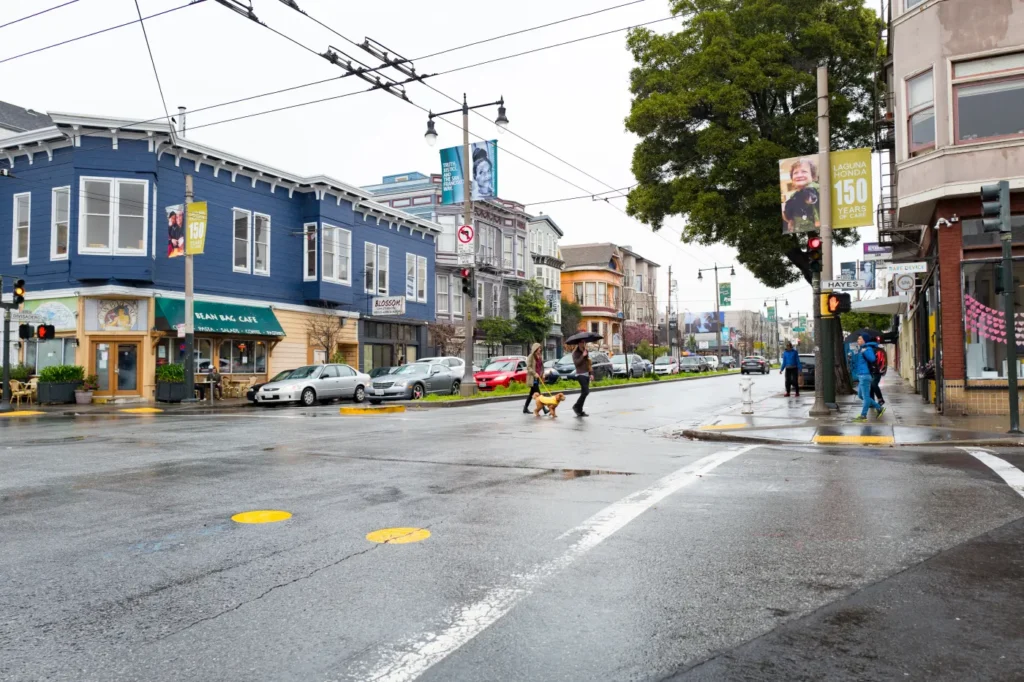Home Depot Closing Stores Amidst Retail Transformation: Navigating the Shifting Landscape
In an era marked by rapid digital transformation and evolving consumer preferences, the retail industry is undergoing significant upheaval. Amidst this backdrop, reports have surfaced about Home Depot closing certain stores, reflecting broader trends impacting brick-and-mortar establishments. This article delves into the factors influencing these closures, Home Depot’s strategic responses, and the wider implications for the retail sector.

The Retail Apocalypse: A Broader Context
The term “retail apocalypse” has gained traction as numerous traditional retailers face unprecedented challenges. According to Coresight Research, up to 15,000 stores are projected to close in the U.S. in 2025, more than double the 7,325 closures in 2024. Major chains like Macy’s, CVS, and Foot Locker are among those leading this wave of shutdowns. Factors contributing to this trend include:
- E-commerce Surge: The convenience and competitive pricing of online shopping platforms like Amazon and Temu have significantly diverted foot traffic from physical stores.
- Economic Pressures: Inflation and rising operational costs have strained profit margins, making it challenging for some retailers to sustain their physical locations.
These dynamics have compelled retailers to reassess their strategies, with some opting to close underperforming stores to streamline operations.
Home Depot’s Strategic Store Closures
While Home Depot remains a dominant player in the home improvement sector, it is not immune to the challenges facing the retail industry. The company has made strategic decisions to close certain stores, particularly those that are underperforming or located in areas with shifting market dynamics. These closures are part of a broader effort to optimize the company’s physical footprint and allocate resources more effectively.
However, it’s essential to note that these closures are not indicative of a widespread retreat. Instead, they reflect a targeted approach to ensure long-term sustainability and competitiveness in a rapidly changing market.
Expansion Amidst Contraction: Home Depot’s Growth Initiatives
Contrary to the narrative of widespread closures, Home Depot is simultaneously pursuing expansion strategies. In 2025, the company plans to open 11 new stores across the United States, including locations in Texas, Florida, and New York. This expansion aims to: (El Adelantado)
- Enhance Market Presence: By entering new markets and strengthening existing ones, Home Depot seeks to capture a broader customer base.
- Support Local Economies: Each new store is expected to create hundreds of jobs, contributing to local economic development.
This dual strategy of closing select stores while opening new ones underscores Home Depot’s commitment to adapting its operations to meet evolving consumer needs and market conditions.
Embracing Digital Transformation
Recognizing the growing importance of digital channels, Home Depot has invested significantly in enhancing its online presence and integrating technology into its operations. Key initiatives include:
- E-commerce Enhancement: Improving the online shopping experience to offer greater convenience and product accessibility.
- Supply Chain Optimization: Leveraging data analytics and automation to streamline logistics and inventory management.
- Customer Engagement: Utilizing digital tools to personalize marketing efforts and foster customer loyalty.
These efforts aim to position Home Depot as a versatile retailer capable of serving customers both in-store and online effectively.
Navigating the Future: Challenges and Opportunities
As Home Depot navigates the complexities of the modern retail landscape, several factors will influence its trajectory:
- Consumer Behavior: Adapting to changing preferences, such as the increasing demand for sustainable products and services.
- Technological Advancements: Staying abreast of emerging technologies that can enhance operational efficiency and customer experience.
- Competitive Landscape: Responding to intensified competition from both traditional retailers and digital-native companies.
By proactively addressing these areas, Home Depot aims to maintain its market leadership and continue delivering value to its customers.
Conclusion
Home Depot’s decision to close certain stores is a strategic move reflective of broader trends reshaping the retail industry. While closures may signal challenges, they also present opportunities for reinvention and growth. Through targeted expansion, digital transformation, and a customer-centric approach, Home Depot is positioning itself to thrive in the evolving retail landscape. (The Scottish Sun)
Subscribe to trusted news sites like USnewsSphere.com for continuous updates.
[USnewsSphere.com / ts.]





